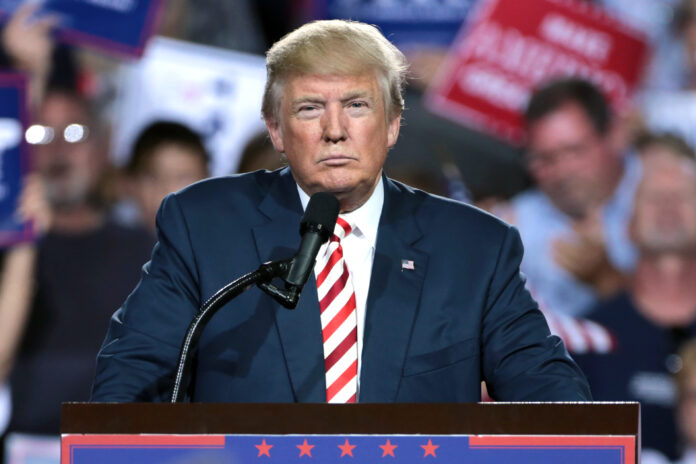The possibility of new tariffs on imported cars and parts is creating quite the buzz, especially as the idea seems to be a key focus for a potential second term under former President Trump. The goal? To limit the flood of vehicles and components from abroad, with a sharp eye on China.
Interestingly, this wouldn’t just affect goods directly coming from China. Cars and parts for Chinese brands made in other countries, like Mexico, could also be in the crosshairs. Trump has already promised tougher trade measures during his campaign, and his first administration’s love for tariffs adds weight to the likelihood of this happening.
But what does that mean for you? Let’s break it down.
Higher Costs at the Dealership
If these tariffs go through, prices for cars and auto parts are expected to climb. That’s because many automakers, even those not based in China, rely on Chinese parts. The extra costs from tariffs will likely trickle down to consumers. Translation: buying a car or getting repairs could become pricier.
Cody Lusk, who heads a group representing dealerships that sell imported brands, put it simply: “Cars are already expensive, and these trade barriers could make it even harder for people to afford them.”
For now, dealerships are waiting to see what happens, hoping any new trade rules will help their businesses grow without putting more strain on customers.
A Cloudy Crystal Ball
The exact impact on prices isn’t clear yet. Stephanie Brinley, a car industry expert, said it’s hard to predict how much tariffs could push prices up. But one thing’s for sure: tariffs almost always make things more expensive for American buyers.
Even though the Trump campaign floated the idea of raising tariffs on imported cars from 2.5% to 20%, experts say that’s not enough detail to determine the actual effects. And remember, imported pickup trucks already face a steep 25% tariff, a holdover from the 1960s.
Choices for Automakers
Car companies will have two main options if tariffs are imposed: absorb the higher costs or pass them on to buyers. Either way, someone’s footing the bill. It’s also tricky to figure out how much of a car’s price comes from domestic versus imported parts. That complexity could make setting tariffs a headache.
One idea behind these tariffs is to encourage foreign automakers to build more factories in the U.S. Trump has made it clear: if companies don’t want to pay tariffs, they should “build it in America.” Some European and Asian brands have already done so, but this move would push others to follow suit.
A Familiar Strategy
This isn’t Trump’s first time using tariffs to shake up trade. Back in 2018, his administration slapped a 25% tariff on imported steel, citing national security concerns. That move also affected aluminum imports and carried over into the Biden administration. The big question now is whether similar arguments could be made for cars and car parts.
The China Factor
One thing Republicans and Democrats seem to agree on is the growing concern about cheaper cars from China. Experts say “decoupling” from China’s economy has bipartisan support, and the idea of revoking China’s favorable trade status isn’t just talk.
“Both sides see the threat from China as serious,” said John Strom, an industry insider. He believes any moves against China’s auto industry, like higher tariffs, should be taken seriously.
While details about how these potential tariffs would work are still unclear, one thing’s certain: the auto industry—and anyone buying a car—could be in for a bumpy ride if these changes come to pass.
